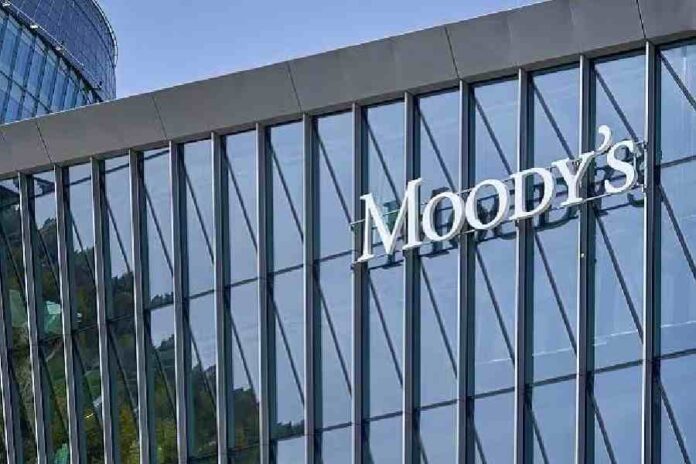Written by Were Kelly
Global credit rating agency Moody’s has reaffirmed its bullish stance on the Indian economy, maintaining its Gross Domestic Product (GDP) growth forecast at seven per cent for 2025, cementing the country’s position as the fastest-growing major economy in the world.
In its latest outlook published on Thursday, Moody’s pointed to resilient domestic demand and sustained government infrastructure spending as the primary engines of growth, while noting that private investment remains somewhat hesitant.
The forecast of seven per cent growth for 2025 represents an acceleration from the 6.7 per cent estimated for 2024. Looking further ahead, Moody’s projects a slight moderation to 6.4 per cent in 2026 before a pickup to 6.5 per cent in 2027, yielding an average growth rate of 6.5 per cent through the forecast period.
On inflation, the agency expects it to remain manageable, averaging 2.8 per cent in 2025 before gradually rising to four per cent by 2027, well within the Reserve Bank of India’s (RBI) target band.
The Moody’s report stated, “India’s economy remains robust, supported by strong domestic demand and public infrastructure investment. Private capex, however, remains cautious.”
The RBI, which has its own slightly more optimistic projection of 7.2 per cent for the 2026 financial year, largely concurred with the assessment. An RBI spokesperson said, “Our own projection is in the same ballpark. The fundamentals for sustained growth are in place.”
Independent economists echoed this positive, if watchful, outlook. The chief economist at a leading local bank commented, “India is comfortably the fastest-growing major economy. The main risks are external, from global volatility and trade tensions, rather than domestic.”
The broader context of this forecast highlights India’s pivotal role in the global economy, especially as a counterweight to slowing growth in China, which is projected to expand at around five per cent.
India’s performance has been bolstered by its relative insulation from US tariff policies and the continued implementation of structural reforms like the Goods and Services Tax (GST).
The key challenges on the horizon include managing food price volatility, which can spike headline inflation, and ensuring that the benefits of growth are more evenly distributed to avoid a slowdown in urban consumption.
If the current trajectory holds, India is on course to achieve a per capita income of over $10,000 by 2027, a significant milestone in its economic development.
Sources: HDFC Sky, Upstox.



















